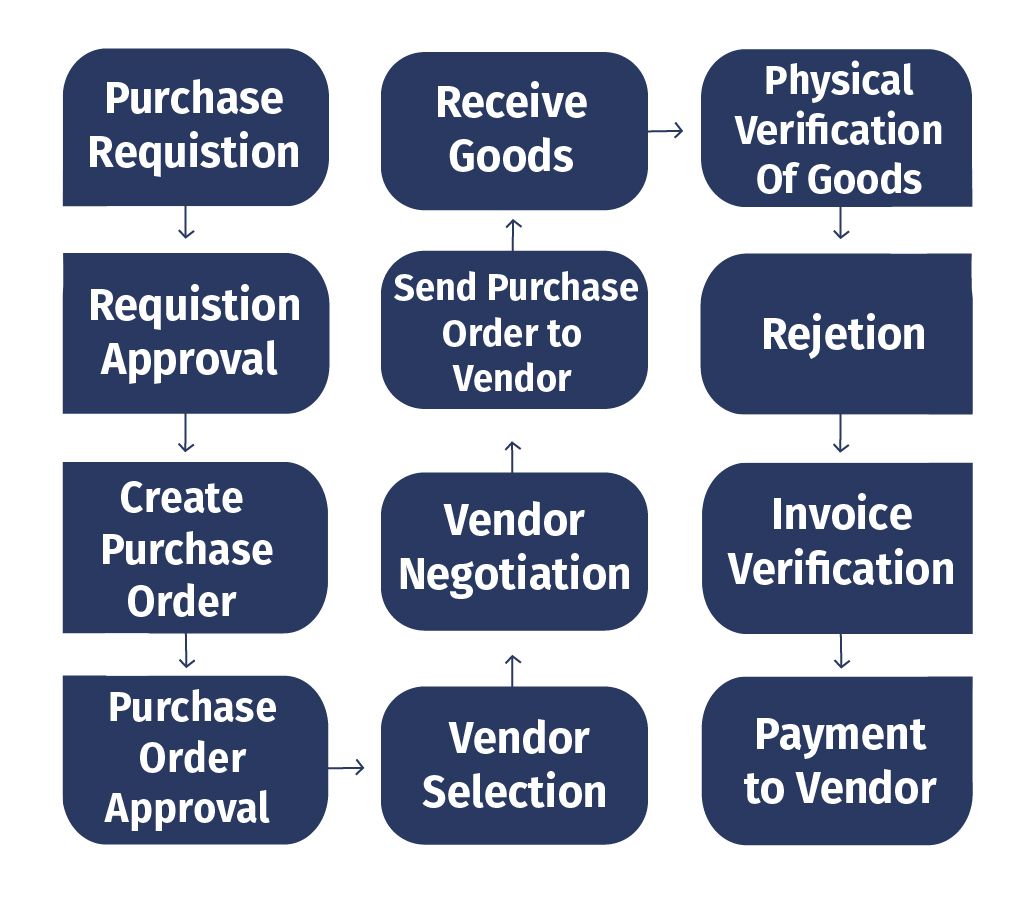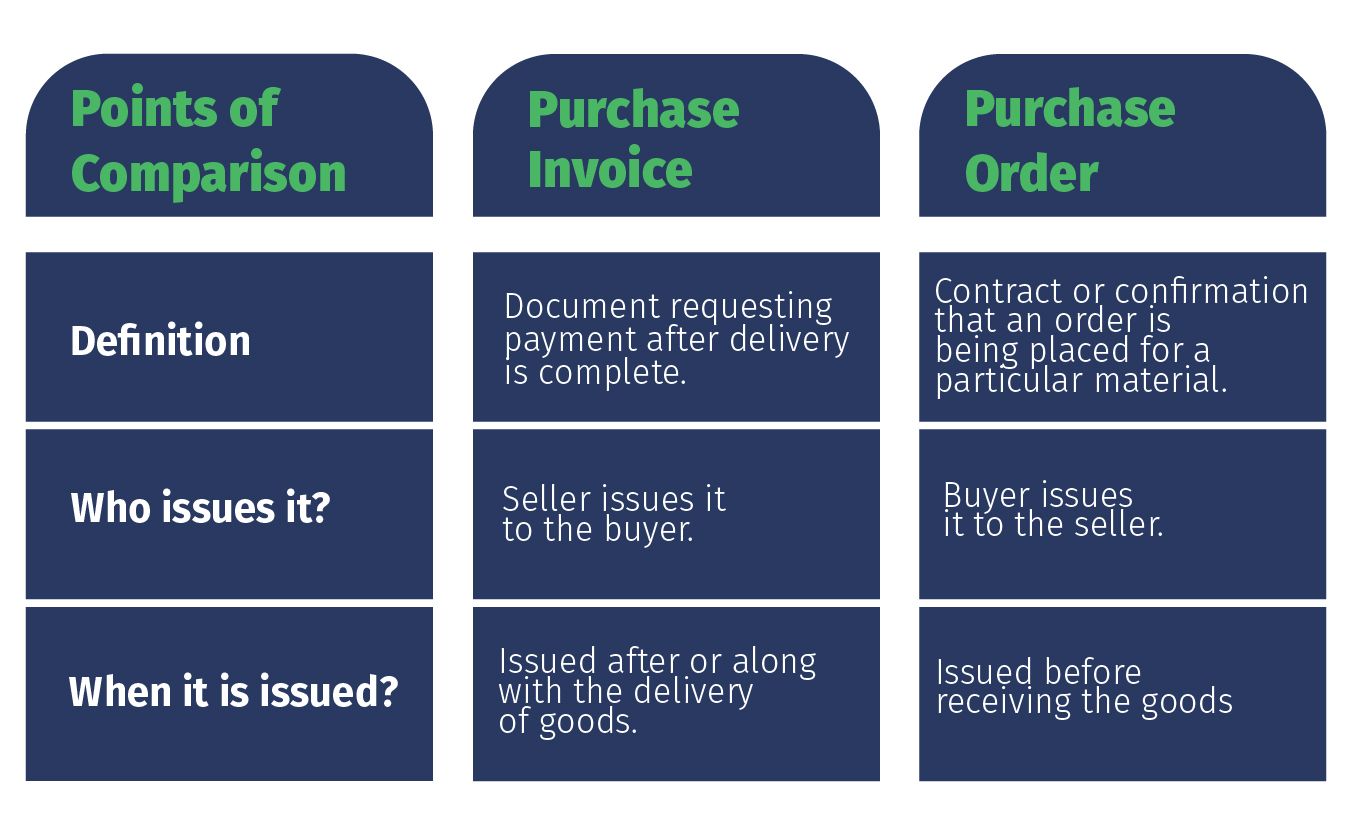
Everything you must know about Purchase Order | Process Flow
What is a purchase order?
A purchase order (PO) is a legal document between the seller and buyer that gives specific details about goods or services to be delivered, such as delivery date, price and other terms and conditions.
Purchase Order Procedure: How Does It Work?
On request from the department in need of raw materials, the approver enacts the purchase order process by approving the order.
Following approval, the PO is sent back to the requisitioner or the department responsible and then to the supplier.
Purchase orders become legally binding documents once the supplier accepts them and declares the items, price, delivery expectations, and payment terms.
It is a complete cycle observed in large companies with an organized structure. A purchase order may also be issued without approval if the business's procurement process does not require it.
Details We Should Include for Issuing a Purchase Order
In order to issue a Purchase order, we should take into account the details such as:
- Name and contact details of the supplier
- Name and contact details of the buyer
- Price and quantity of the goods or services
- Billing address of the company
- Shipment address or delivery location
- Due date of delivery
- Terms and conditions
How Does the Purchase Order Process Flow Work?
A business's order process may vary depending on its goods or services, and occasionally, a company may follow a different approach for different orders.
However, the general form of the Purchase Order flow is as follows:
- Recording the purchase order information and creating the requisition for internal review begins the process.
- Before sending the PO to the supplier, the requisition must be approved by a manager, the finance department, or any other officer required.
- The supplier receives an automatic notification and invitation to review the purchase order.
- In either case, the supplier must provide a reason for accepting or declining the order.
- Once the vendor accepts your order and confirms your delivery date, the receiving department is informed of the final details.
- As part of the process, goods will be received, checked physically, and paid according to the terms and conditions specified on the invoice to the vendor.
This illustration will help you understand the comprehensive Purchase Order flow more clearly.

Business management of purchase orders: how does it work?
A purchase order number provides details of what items are ordered, the quantities, the date of receipt, etc. Upon receipt of the goods, the purchase order's details are tracked either on the receipt note or on the purchase invoice.
Afterwards, the purchase invoice is matched with the payment made to the supplier. Using accounting software, most companies record and account for transactions automatically.
It provides detailed order status reports as well as complete tracking of purchase order transactions. By doing so, the business will be able to track how quickly the ordered stock items arrive and whether they are delivered on time.
Purchase Invoice vs Purchase Order
We create this table for you to see the differences between purchase orders and purchase invoices much more easily and clearly.
